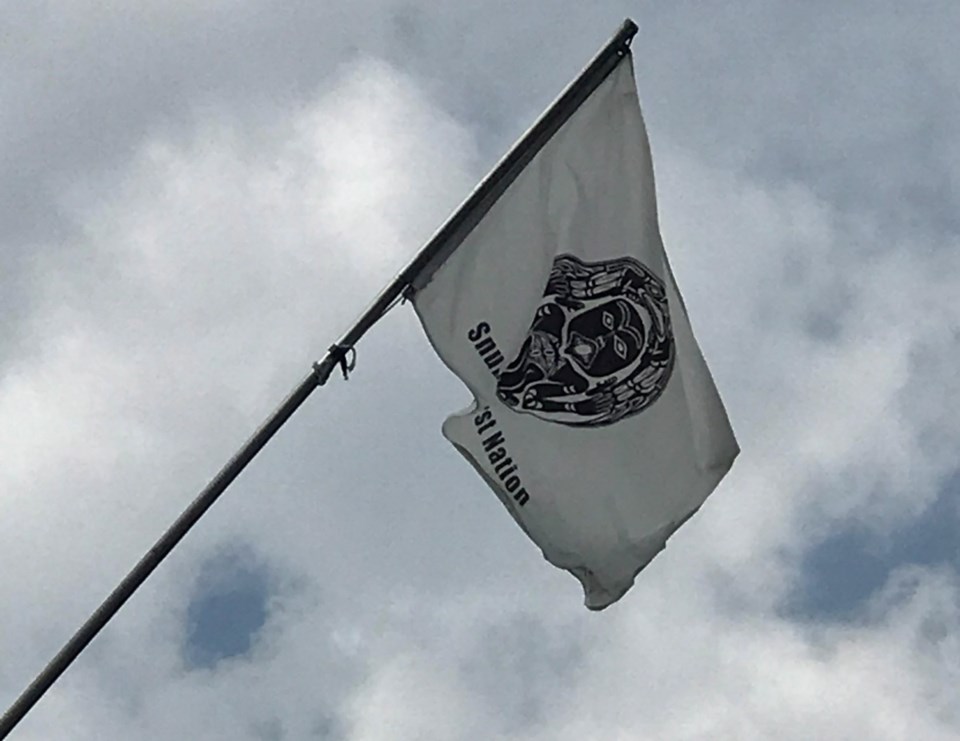A new memorandum of understanding between a Nanaimo-area First Nation and the provincial and federal governments provides a “way forward” to address historical issues around the nation’s traditional territories and impacts to its rights and practices, says the chief of the Snuneymuxw First Nation.
The agreement formalizes a new negotiation table between the federal, provincial and Snuneymuxw governments, and sets out priority items for resolution, such as the implementation of an 1854 treaty signed with Vancouver Island governor Sir James Douglas, and land reconciliation, a joint statement said.
“Getting to this day has been a long journey for our chiefs and leaders, many of whom are no longer with us to witness this day,” said Chief Mike Wyse in Nanaimo. “Snuneymuxw people have survived difficult times, and we are focused on recovering our traditional territories and marine areas, and protecting them for the future.”
Wyse called the agreement “historic and path-breaking.”
Wyse, Carolyn Bennett, federal minister of Crown-Indigenous Relations, and Murray Rankin, B.C. minister of Indigenous Relations and Reconciliation, signed the agreement during a virtual meeting this week.
The Snuneymuxw First Nation, with its office in Nanaimo, has more than 1,700 members. Its six reserves are on a total of 266 hectares, a far smaller area than its traditional territories and marine areas, the statement said.
It said the nation is pursuing a series of land claims that have been accepted for negotiation or require resolution “to advance meaningful reconciliation.”
Snuneymuxw traditional territory was taken for use as an Indian hospital, and members of the nation continue to be affected by residential schools and other colonial policies, it said.
In 1854, leaders leaders signed a treaty with Douglas that the Supreme Court of Canada has recognized as valid and binding.
Bennett said supporting Indigenous nations in “fulfilling their vision of self-determination” is critical to advancing reconciliation, while Rankin said the memorandum of understanding is an example of how the Snuneymuxw and federal and provincial governments are working collaboratively to resolve “long-standing and often challenging” issues. “I’m excited for the future agreements that will come as we follow this path together.”
The agreement illustrates the commitment of both levels of government to the United Nations Declaration on the Rights of Indigenous Peoples and its role as the framework for implementing Indigenous rights, the three parties said.
cjwilson@timescolonist.com



